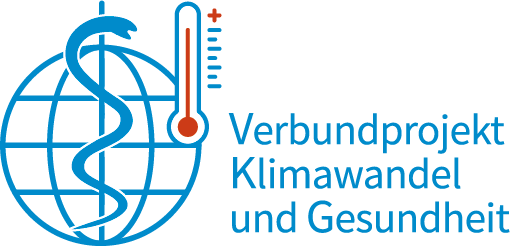| Tjaden, N; Cheng, Y; Beierkuhnlein, C; Thomas, S M: Chikungunya Beyond the Tropics: Where and When Do We Expect Disease Transmission in Europe?, Viruses, 13(6), 1024 (2021), doi:10.3390/v13061024 [Link] | |
| Abstract: Chikungunya virus disease (chikungunya) is a mosquito-borne infectious disease reported in at least 50 countries, mostly in the tropics. It has spread around the globe within the last two decades, with local outbreaks in Europe. The vector mosquito Aedes albopictus (Diptera, Culicidae) has already widely established itself in southern Europe and is spreading towards central parts of the continent. Public health authorities and policymakers need to be informed about where and when a chikungunya transmission is likely to take place. Here, we adapted a previously published global ecological niche model (ENM) by including only non-tropical chikungunya occurrence records and selecting bioclimatic variables that can reflect the temperate and sub-tropical conditions in Europe with greater accuracy. Additionally, we applied an epidemiological model to capture the temporal outbreak risk of chikungunya in six selected European cities. Overall, the non-tropical ENM captures all the previous outbreaks in Europe, whereas the global ENM had underestimated the risk. Highly suitable areas are more widespread than previously assumed. They are found in coastal areas of the Mediterranean Sea, in the western part of the Iberian Peninsula, and in Atlantic coastal areas of France. Under a worst-case scenario, even large areas of western Germany and the Benelux states are considered potential areas of transmission. For the six selected European cities, June–September (the 22th–38th week) is the most vulnerable time period, with the maximum continuous duration of a possible transmission period lasting up to 93 days (Ravenna, Italy). |


Menü
Servicelinks
Suche